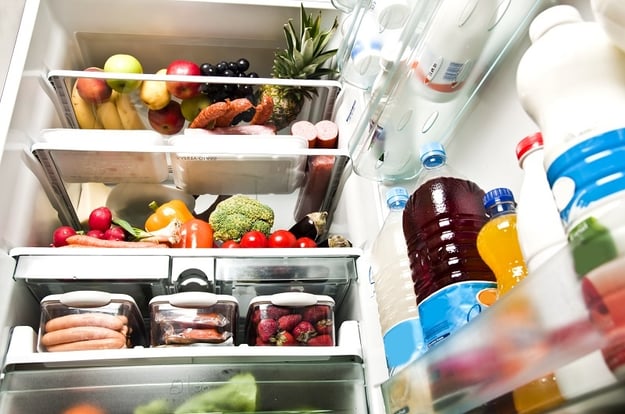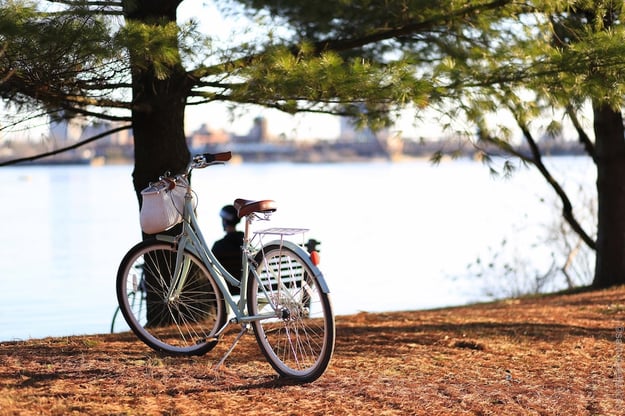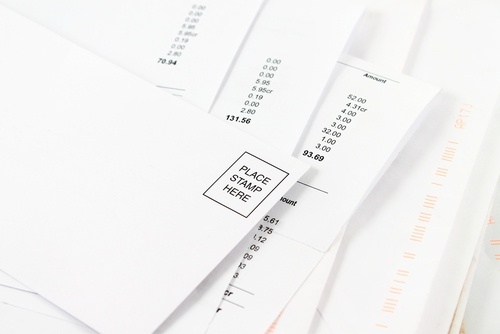Sometimes, the best way to lower the amount of resources your family uses is to promote efficiency around the house. Not only does the planet benefit from your improved environmental footprint, but there are financial gains as well.
Lowering your electricity or water usage has a positive effect on your monthly utility bills. As Canadian Home Workshop reported, there is also a long list of government rebate programs and subsidies that allow for even greater savings for homeowners who promote efficiency around the house.
Along with promoting energy efficiency, simply being more mindful of how your family uses resources will lead to financial gains as well. Use this guide to select a few key changes to make:
Key Habits of Energy Efficient Homes
1. Start with the small stuff
There are plenty of ideas that are worth considering before you dive into a larger project for an energy efficient home. Most small steps are quick and easy to implement and will add up considerably. For example, energy-efficient light bulbs make a meaningful impact on how much electricity your family uses. Your local hardware store will have a few other items that promote smarter resource use as well, from dimmer switches to environmentally friendly household goods.
Insulation is especially powerful for making a lasting change and conserve home energy. Aside from fiberglass installations in the attic or basement, plastic film and rubber stoppers that reinforce doors or windows can minimize leakage from your home. Since this means there’s less work for your air conditioner in the summer and your home heating system in the winter, it’ll also lead to a lower power bill.

Other small changes to make as well include keeping your fridge fully stocked to promote efficiency, taking shorter showers, and looking for opportunities to reuse or recycle household goods. Over time, these little changes can result in considerable savings. As the Canadian Energy Efficiency Alliance found, your best approach is to combine a number of different steps rather than look for one single solution to lower resource use.
2. Make some key upgrades
Once you've made small improvements around the house, you should next eye a more serious change. Investing in a new appliance or fixture can yield a return on investment because of more efficient resource use. The latest refrigerators, washing machines and other systems monitor electricity use and are capable of doing a better job than an older model at a fraction of the operating costs.
How many times have you thought, “my hydro bill is way too high”? Luckily some key upgrades can help cut costs here too. A new toilet, shower or sink fixture greatly reduces the amount of water your family uses on a daily basis. And, not only does selecting a new system promote efficiency, but the newest models are quite stylish and attractive.
3. Get smart about home heating
As Natural Resources Canada found, how you heat your home can have a impact on your home heating bill. This includes not only what energy source your family uses but the actual system that exists in your home.
Making a change here can positively impact your utility costs. A simpler step is to install a smart thermostat. In this way, you can better account for when your home is empty and you're unnecessarily running the heat.
The best models come with accompanying smartphone apps that make it easy to monitor home heating use. NRCan found that homeowners can achieve savings of 15 to 20 percent by being more efficient when it comes to running the heat.
4. Hone in on hidden energy use
Doing what you can to promote efficiency around the home using the latest technology is a great way to protect the planet and also benefit from savings each month. But even with smart tools and systems designed to be more cost-effective, you may unwittingly be paying too much in electricity.
So-called phantom charges increase your utility bills. Even when they're not being used, electronics and appliances of all types use a small amount of electricity adds to your home's overall energy use over time. Jeff Smith of Pacific Gas and Electric told MarketWatch that 10 percent of a home's electricity bill can be attributed to phantom charges.
Disconnecting electronics and keeping appliances unplugged when they’re not in use is a smart place to begin in combating this problem. Next, consider appliances and technologies that boast energy-efficiency standards. Otherwise, power strips and outlets that have switches help reduce instances of phantom charges.

5. Consider externalities
The next step in promoting efficient resource use is to take stock of things outside the house. For example, your pool may be using an unnecessary amount of electricity. Use a cover to keep things warm and stay proactive about cleaning up to reduce how much work your filter is doing.
To really become more cost-effective, change how you get around town. Carpooling reduces the amount of driving you do, as does biking or taking public transportation. Even a small improvement in conjunction with other steps on this list can make a sizeable impact.
6. Work with nature
There are quite a few changes to make around the yard that will further promote efficient energy use. Mother Nature can be a major ally on this front.
First, plant trees that will shade your home in the summer and provide a natural cooling system. To further drive benefits, select species that will drink up rainwater and reduce instances of flooding. A shallow depression full of thirsty plants serves as a rain garden to collect runoff. Place a barrel beneath your gutter to capture rain to be used for future landscaping so you need not inflate your water bill.
Looking for ways to save energy and reduce household expenses? Find your nearest Kitchen & Bath Classics showroom to check out eco-friendly fixtures such as low-flow faucets, low-flush toilets, low-flow showerheads, and more.




